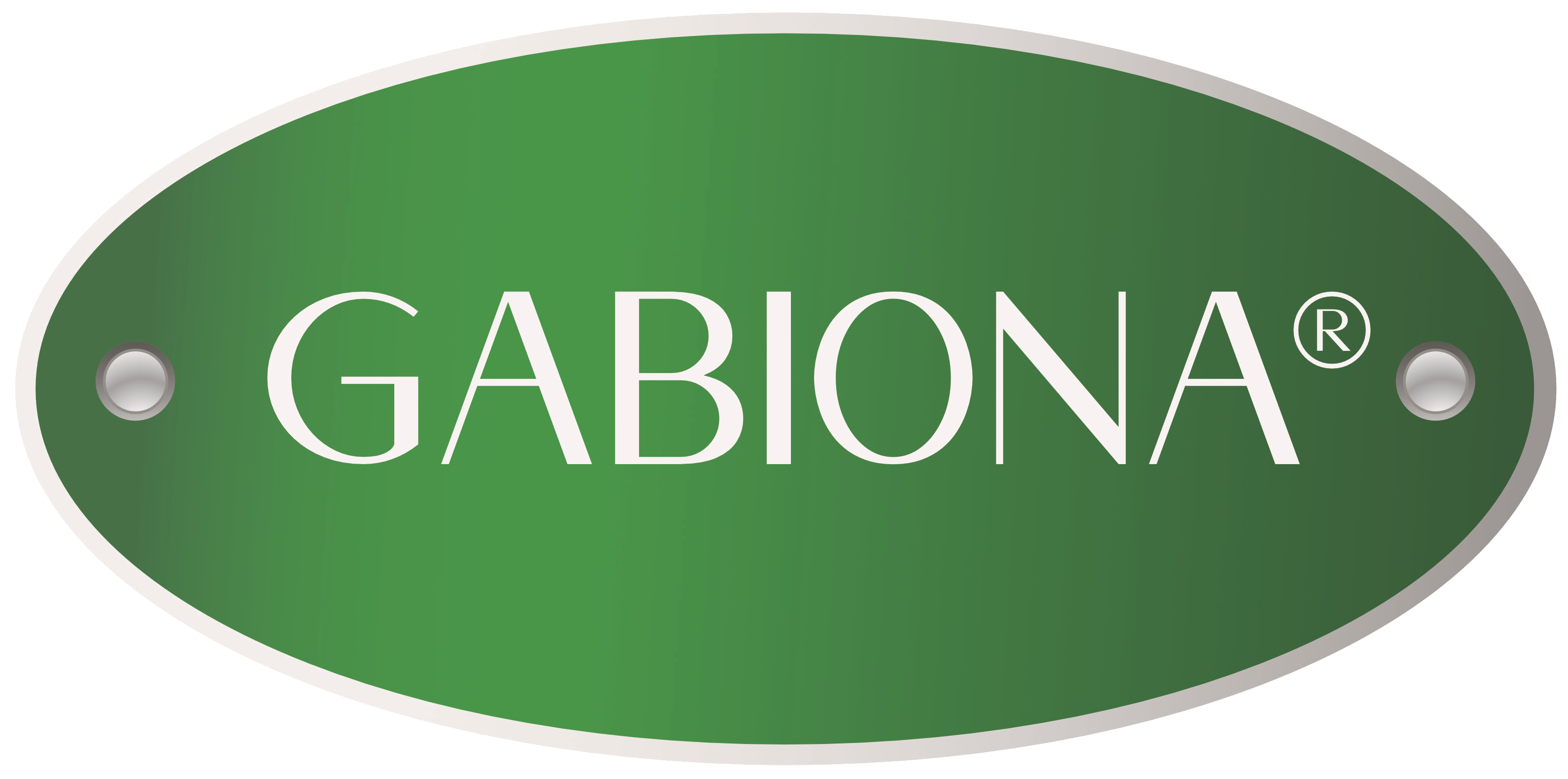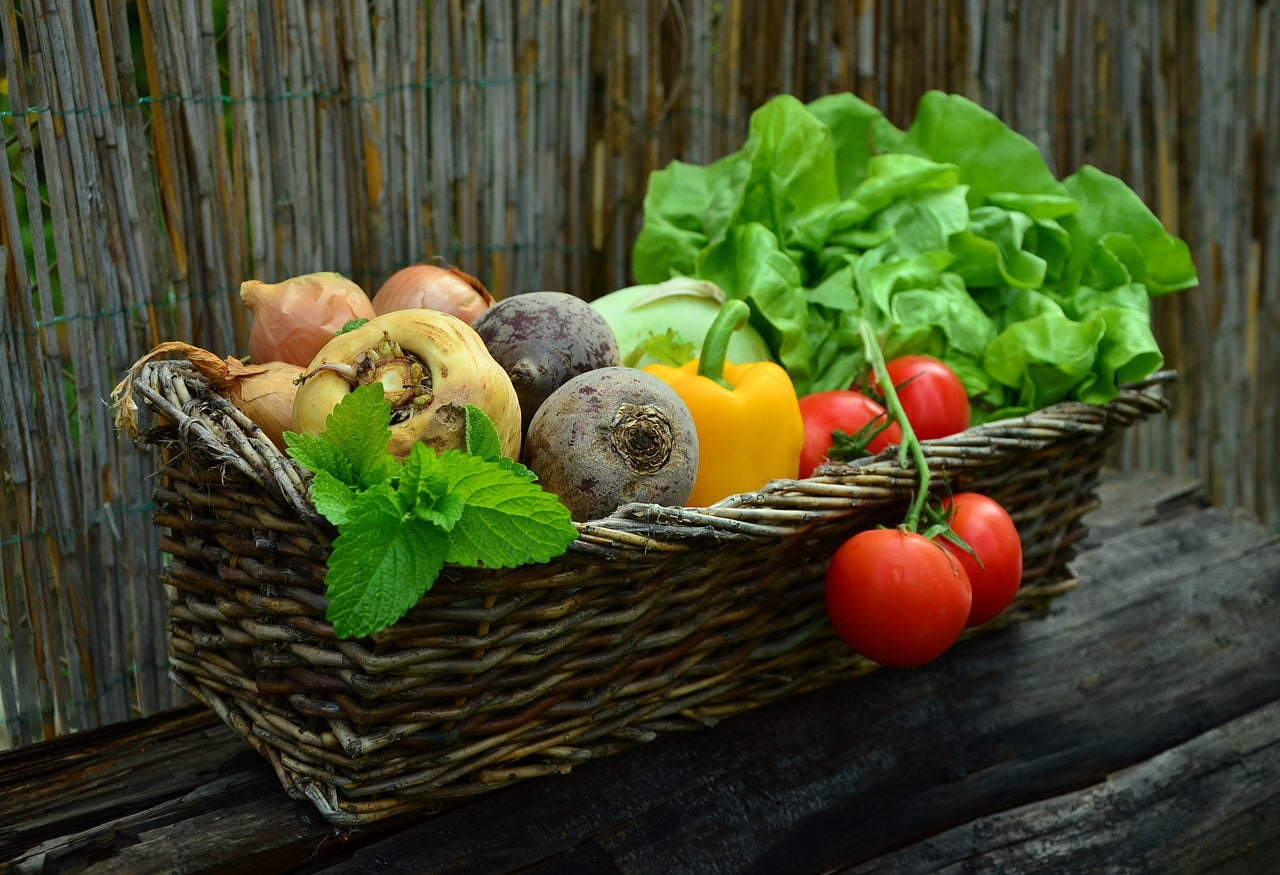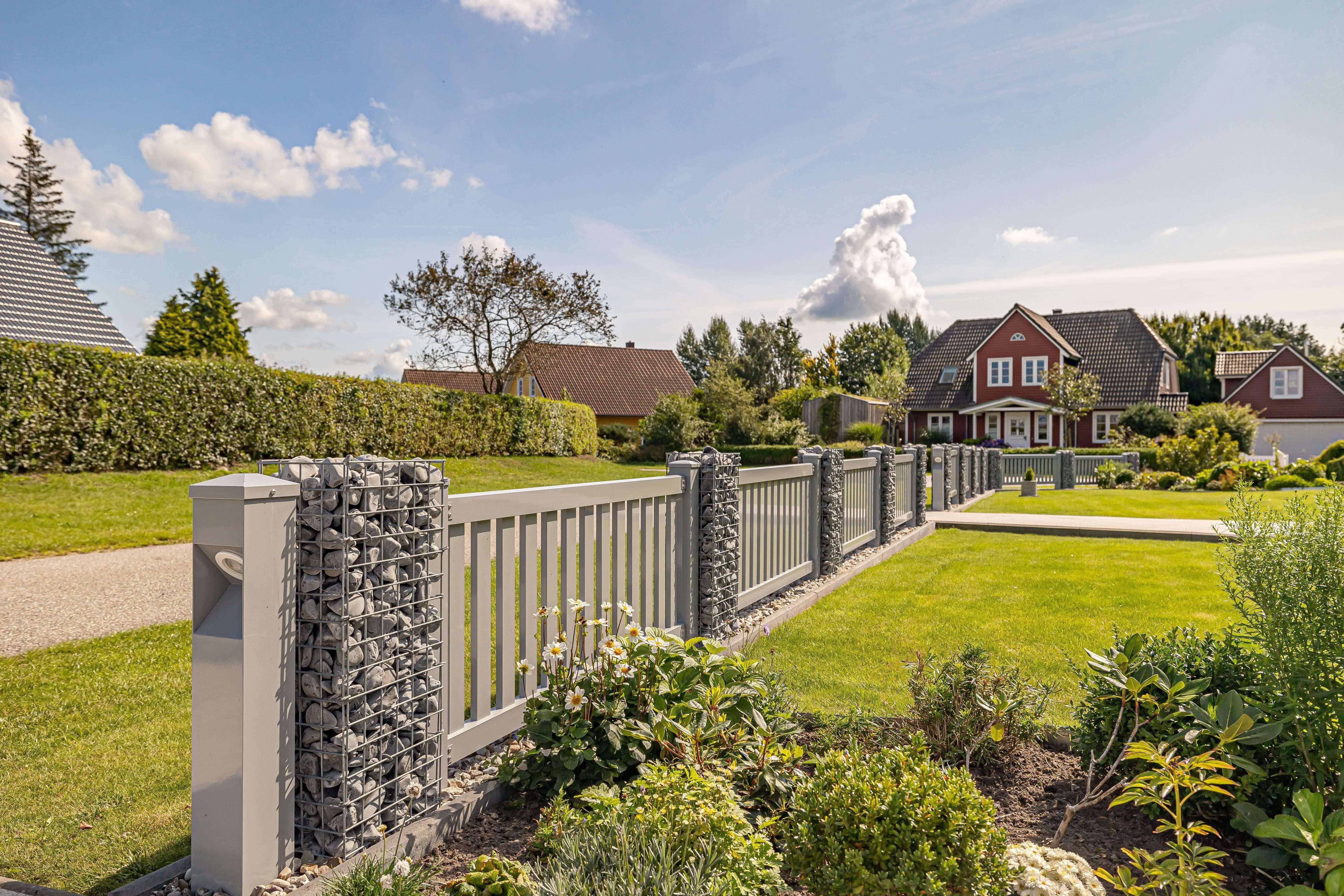A raised bed made of stone baskets is not only an eye-catcher in the garden, but also offers advantages when gardening and delivers high yields. We show why this is so and give tips for filling and planting with vegetables.

Advantages of raised beds in vegetable growing
Beds that are placed higher above the ground allow you to work in the garden without straining your back. Because they warm up more easily, cultivation can begin earlier in the year. This means you get faster and higher yields due to the good supply of nutrients in the raised bed. There are also fewer problems with weeds or snails. You just have to water the warmer bed more often - especially in summer.
Raised beds made from wire and stone baskets
With the classic raised beds made of gabions, the space between the inner and outer trellis is filled with stones. This gives them a natural, robust look. These stone basket beds can be ordered in our online shop in standard or desired sizes. Another option for using the wire baskets as a raised bed does not require any natural stones. The mesh basket is simply lined with fleece or coconut mats, filled and planted.
Plant gabion beds correctly
In principle, most vegetables can be planted in raised beds without any problems. You should only avoid very sprawling plants such as pumpkin, rhubarb or zucchini. Depending on the size of the bed, individual varieties or mixed cultures can be planted. But not all varieties get along well with each other. For example, carrots and lettuce are very good partners, but tomatoes and peppers are not.

When arranging the plants, size should be taken into consideration. Tall vegetables belong in the middle, smaller ones at the edge - so all plants get enough light. Due to the higher temperatures in the soil, gabion beds can also be used as cold frames to prefer crops. A cover made of foil or fleece protects against the cold. Of course, herbs can also be planted in a raised bed.
Fill raised beds correctly
Just as important as the selection of plants is the correct filling. Here you should work in layers; the filling material becomes finer and finer towards the top. The raised bed does not have to be completely filled with soil. Rather, you can start with brushwood, followed by raw compost and finally humus soil. Especially in the first year, the nutrient supply in the bed is so good that only heavy feeders should be planted initially. These are plants with a high nutrient requirement, such as cabbage, tomatoes, cucumbers or leeks.




Leave a comment
This site is protected by hCaptcha and the hCaptcha Privacy Policy and Terms of Service apply.